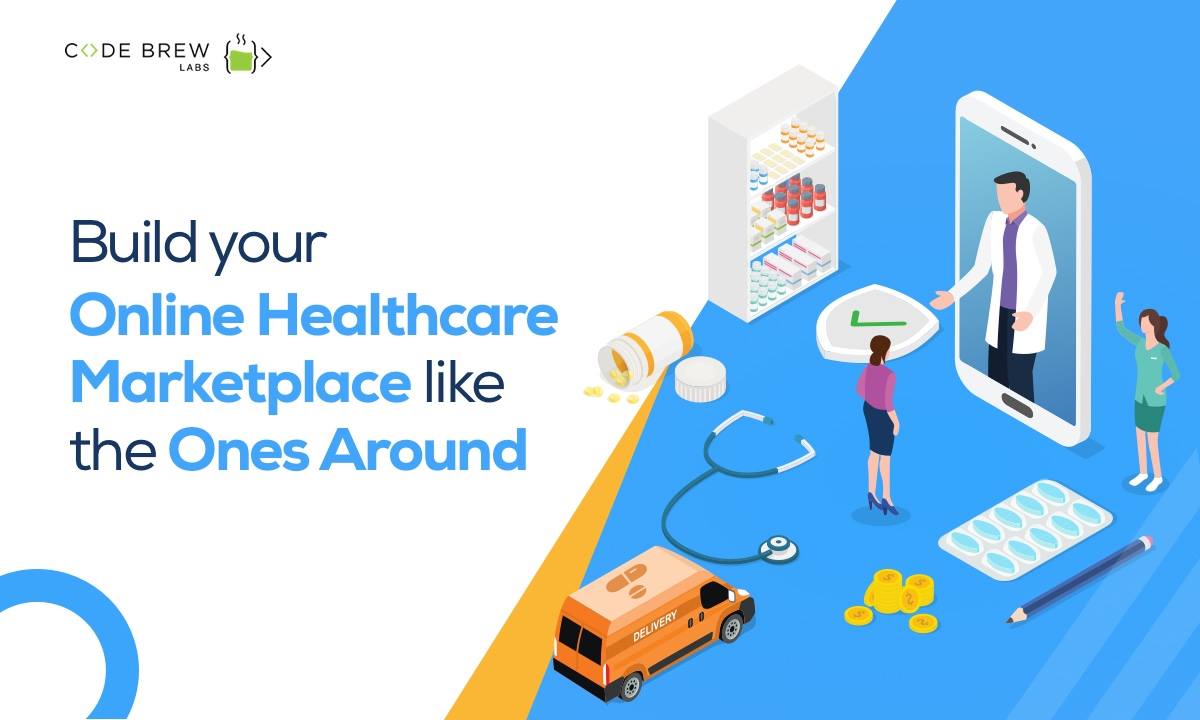Why Subscription Based Healthcare is Acquiring Popularity Among Patients Today
Why Subscription Based Healthcare is Acquiring Popularity Among Patients Today
Blog Article
How Subscription-Based Health Care Is Transforming the Medical Sector

The Increase of Registration Healthcare
In the last few years, the medical care industry has experienced a significant change towards subscription-based versions, reflecting more comprehensive customer patterns favoring ease and predictability. This transformation is driven by the boosting demand for more easily accessible and personalized care options. Membership healthcare, in some cases described as concierge medication or direct health care, uses clients a set monthly cost for a series of medical services, considerably changing typical fee-for-service versions.
The rise of registration medical care is promoted by improvements in technology, which make it possible for structured interaction in between suppliers and patients - subscription based healthcare. Digital platforms and telehealth services have actually ended up being essential, supplying clients the capability to schedule appointments, accessibility medical records, and get consultations online. This technical combination not just boosts client engagement however also enables carriers to provide more reliable treatment
Additionally, the membership design aligns with the progressing expectations of individuals that seek more control over their healthcare costs and experiences. While this design is getting traction, its expansion encounters challenges such as governing difficulties and the requirement for more comprehensive approval within the typical health care community.
Benefits for People and Providers
Subscription-based health care provides a plethora of advantages for both people and providers, reshaping the characteristics of treatment. For clients, this design offers improved access to healthcare solutions. With a predictable regular monthly cost, clients can delight in unrestricted assessments, lowered wait times, and customized care. This arrangement usually results in a much more aggressive technique to wellness monitoring, enabling timely interventions that can prevent chronic conditions from rising. In addition, the financial openness of membership designs minimizes the changability related to standard fee-for-service billing, relieving the burden of unforeseen medical expenditures.
For health care providers, subscription-based designs cultivate a more satisfying and lasting method. Management jobs are often streamlined, minimizing overhead costs and allowing service providers to dedicate more time to client communication. Generally, subscription-based health care straightens the rewards of companies and people, promoting an extra reliable and patient-centered health care shipment system.
Trick Features of the Model
Frequently, the vital attributes of the subscription-based medical care design highlight its unique method to supplying medical solutions. Central to this model is the principle of predictable, month-to-month payments, offering patients a thorough read variety of services without the unpredictability of conventional fee-for-service frameworks. This model usually consists of endless accessibility to main treatment solutions, precautionary treatment, and regular check-ups, making certain that patients can engage with their doctor proactively as opposed to reactively.
In addition, direct communication networks, such as telemedicine and messaging platforms, are highlighted, permitting individuals to get prompt recommendations and assessments without needing in-person consultations. This improves access and convenience, specifically for individuals with movement constraints or those staying in remote areas. The design additionally fosters stronger doctor-patient relationships, as health care companies are incentivized to focus on long-lasting health and wellness outcomes instead than short-term brows through.
In addition, subscription-based health care typically incorporates technological innovations, such as digital health and wellness records and wellness tracking applications, to give reliable and individualized treatment. Patients profit from collaborated and constant treatment management, which is tailored to their specific health demands. Ultimately, these attributes collectively develop a patient-centered medical care experience, focusing on ease of access, price openness, and preventive care.

Difficulties and Factors To Consider
While the subscription-based healthcare version offers many advantages, it is not without its considerations and difficulties. Membership versions may inadvertently prefer those with greater socioeconomic condition, potentially broadening differences in health care gain access to for lower-income people who might battle with month-to-month charges.
One more difficulty lies in governing compliance. Subscription-based health care has to navigate an intricate internet of guidelines that vary my site by area, including concerns around person browse around this site privacy, data defense, and state licensing demands. Making sure compliance without restraining the version's flexibility and technology can be discouraging for providers.
In addition, there is the danger of overutilization or underutilization of services. Individuals paying a fixed charge might overuse services, resulting in raised functional costs, while others may underutilize due to be afraid of burdening the system, potentially disregarding needed treatment.
Future Leads and Innovations
The landscape of subscription-based medical care is positioned for transformation through arising advancements and evolving prospects. As technology proceeds to breakthrough, the integration of fabricated intelligence and artificial intelligence provides substantial opportunities to improve diagnostic precision and improve individual monitoring. Predictive analytics can transform precautionary treatment by determining prospective health threats before they materialize, thereby decreasing both prices and the burden on health care systems.
In addition, telemedicine is readied to expand within membership versions, offering clients raised accessibility to medical care specialists despite geographical constraints. This not only promotes continuity of treatment however additionally encourages clients to involve more proactively in their wellness administration. In addition, blockchain innovation uses possible in securing person data and guaranteeing interoperability across platforms, promoting trust and openness.
The growth of individualized medicine is an additional frontier, with subscription versions supplying an one-of-a-kind structure for providing tailored health options. Hereditary screening and tailored therapy plans can be perfectly incorporated, aligning person needs with particular medical treatments. Moreover, partnerships in between technology business and doctor are likely to generate cutting-edge remedies, enhancing person experiences and outcomes. As these leads appear, subscription-based health care has the possible to redefine exactly how care is provided and accessed.
Final Thought
Subscription-based healthcare is changing the clinical sector by offering a more accessible, foreseeable, and patient-centered method to clinical solutions. This model boosts patient-provider relationships, guarantees financial openness, and emphasizes precautionary care via limitless assessments and telemedicine. Despite obstacles such as regulatory hurdles and prospective variations in access, the membership design holds assurance for an extra personalized and efficient medical care experience. As modern technology advancements, additionally advancements are most likely to deal with existing obstacles and enhance healthcare shipment.
Membership medical care, sometimes referred to as concierge medication or straight main care, supplies people a set regular monthly fee for a variety of medical solutions, considerably modifying standard fee-for-service models.
In addition, the membership design lines up with the evolving assumptions of clients that seek more control over their healthcare expenses and experiences. For individuals, this design supplies enhanced access to healthcare services. Generally, subscription-based health care straightens the incentives of people and companies, advertising an extra patient-centered and reliable healthcare shipment system.
Furthermore, telemedicine is established to expand within subscription versions, offering clients enhanced accessibility to health care professionals regardless of geographical constraints. - subscription based healthcare
Report this page